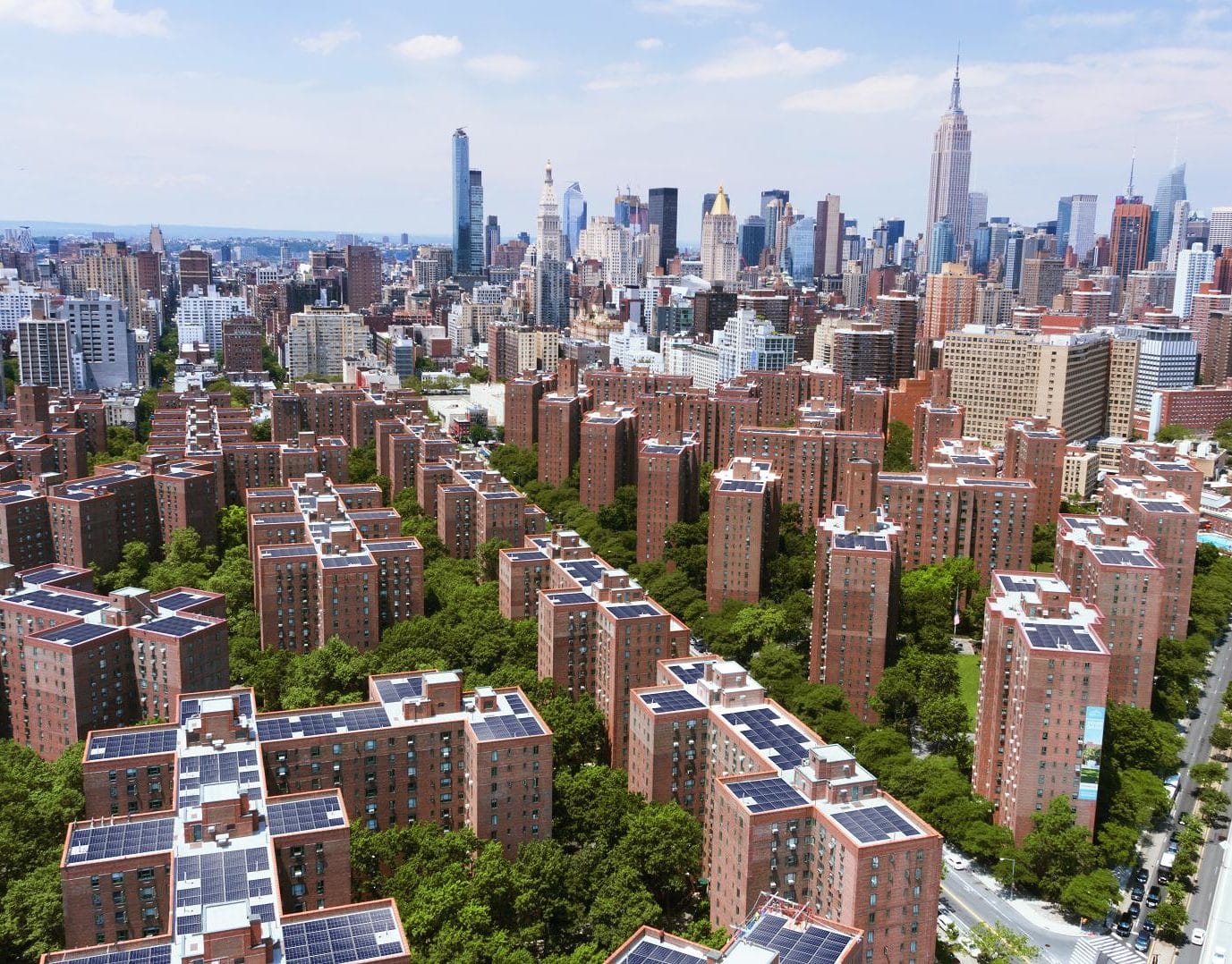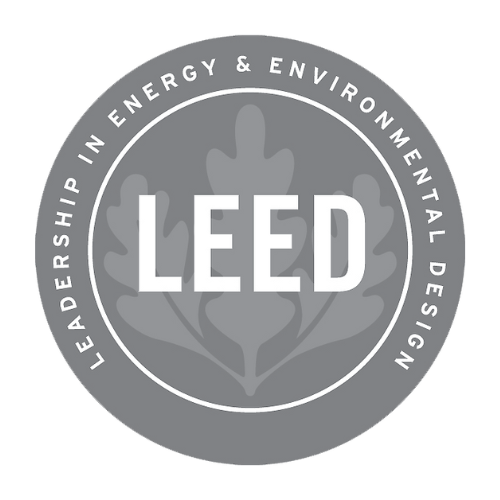StuyTown and Peter Cooper Village
New York, NY
Two of New York City’s largest residential communities have achieved certification under the United States Green Building Council (USGBC) program, LEED® for Communities™.

Project Overview
StuyTown and Peter Cooper Village is the first development in the state to earn the LEED® for Communities™ certification, achieving a LEED Platinum rating – the most stringent and arduous category within the LEED rating system program. This project is also the first to be awarded certification under the EPA’s ENERGY STAR for Existing Multifamily Buildings program and is the largest property to date to achieve this distinction.
The residential complexes, located on the east end of Manhattan, were built in the 1940s and feature a combined 110 structures and 11,250 apartments across 80 acres of land with approximately 22,000 residents. SWA and the property management team work closely to achieve high levels of energy efficiency and sustainability while simultaneously housing a population that is the size of a small city.
Building Details
- Approximately 12M square feet
Project Team
- Property Manager: Beam Living
Services Provided
- Carbon Reduction Initiative Support
- Certification Support
- Energy Efficiency Services
- Local Law 84 and 87 Compliance
- Sustainability Program Management
Certifications

LEED
Project Features
- A building management system (BMS) was installed to manage the building’s heat and domestic hot water– as well as many additional systems such as garage and apartment exhaust fans.
- Centrally controlled dampers minimize building openings and envelope penetrations– which reduces air filtration and energy waste.
- An upgrade to common area lighting included installing more than 13,400 LED light fixtures.
- Installation of a 3.8 megawatt solar photovoltaic system and cool roofs resulted in the largest private multifamily solar PV array in the United States.
- Construction of a 2-plus MW cogeneration facility that will provide the complex with on-site electrical and thermal generation is expected to be completed in July 2020


